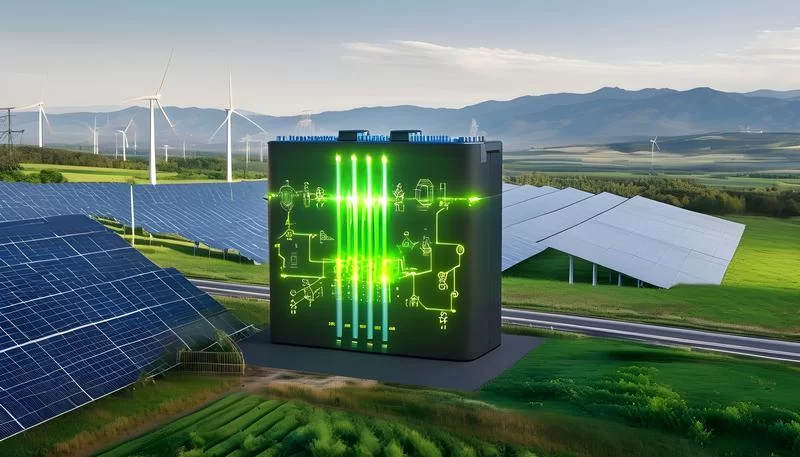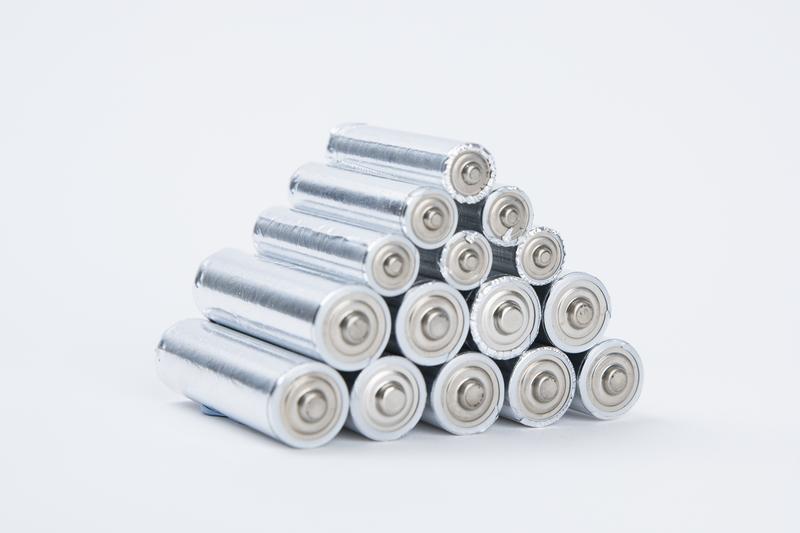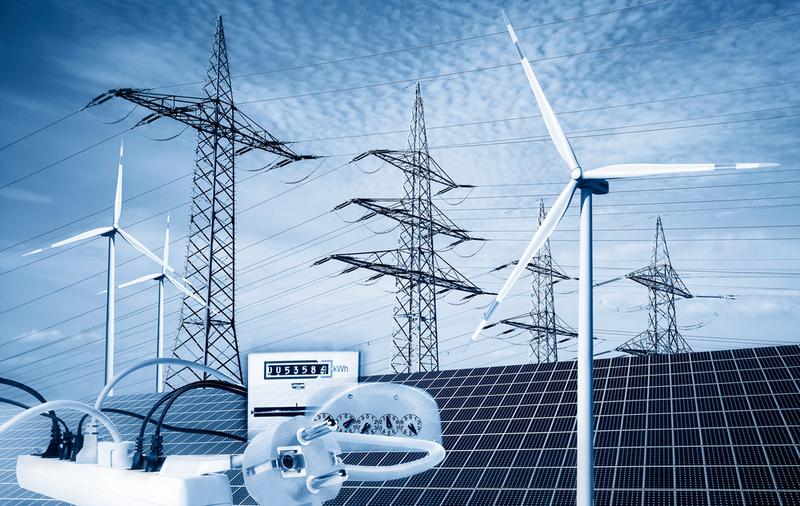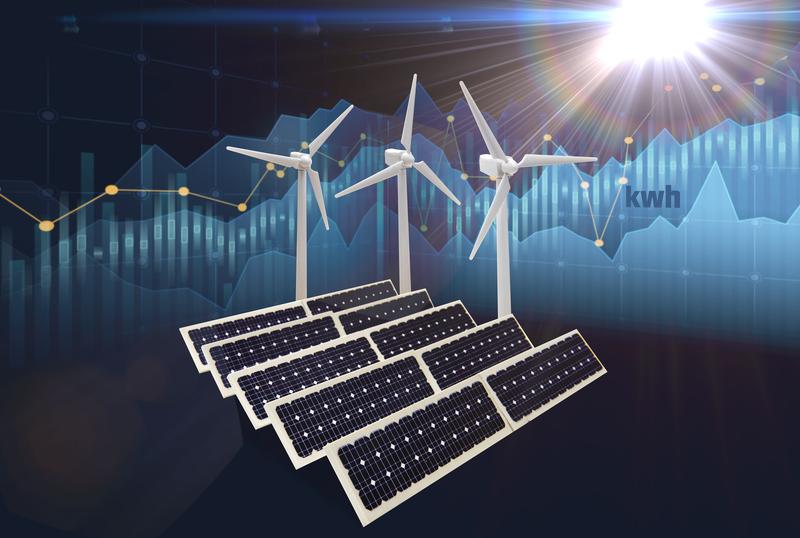The Critical Role of SMES in Power Quality and Grid Stability
Superconducting Magnetic Energy Storage (SMES) systems are an increasingly valuable resource to improve power quality and prevent outages of power by storing magnetic energy in superconducting coils that make it react faster in case of fluctuations in the power grid and maintain voltage levels stable enough for even the most important uses in industries or energy grids.

What Exactly is SMES?
In easy words, SMES is the superconducting magnetic energy storage system whose operating principle is based on storing electrical energy in a magnetic field induced by the flow of direct current through the superconducting coil. The coil should be at a cryogenic temperature, as within this range, the electrical resistance is completely eliminated, thereby making such storage of energy very effective. With its fast injective-absorptive nature, SMES is an ideal technology for enhancing power quality and stability of the grid.
How SMES Enhances Power Quality
Power quality simply refers to the stability of voltage and current within a power system that might be interfered with by a number of factors, which include power surges, voltage sags, and harmonics. In fact, SMES systems are fast-acting and usually have a response time in milliseconds, capable of instantly supplying energy that corrects voltage dips or absorbs excess energy during power surges. This greatly enhances the reliability and quality of the electrical supply that sensitive industrial applications require, like semiconductor manufacturing or medical equipment, where even the slightest fluctuation may lead to costly disruptions.
- Example: A large semiconductor plant experienced periodic production stoppages due to voltage sags. After installing an SMES unit, the plant was able to maintain stable voltage levels during grid disturbances, reducing downtime and increasing operational efficiency.
Reducing Power Outages with SMES
One of the major advantages of SMES is related to power outage prevention or mitigation. In fact, most of the time, there are outages if some imbalance occurs between supply and demand or during sudden grid failure. SMES provides backup power that can support the grid when such critical situations arise. This immediate action of power discharge will stabilize frequency and voltage, thus preventing short-term outages that may cascade into larger, system-wide failures.
Such integration is particularly important in renewable energy grids, where sun or wind may fluctuate and thus jeopardize a grid. With SMES capable of providing short bursts of energy, blackouts will be avoided, supporting the addition of renewable energy sources.
Technological Advances and Industry Applications
Recent advances in cryogenic technology and superconducting materials have made SMES systems more feasible for large-scale grid applications. The cost of superconducting materials is also falling and further drives SMES toward mainstream utilization. As industries and utilities put a greater emphasis on grid resiliency, SMES finds new uses in everything from data centers to defense systems.
One trend in the industry is to combine SMES with battery energy storage systems. While batteries are great for longer-term energy storage, the SMES supplements this with its fast energy discharge and grid stabilization, filling in the gap when transitioning from one power source to another.
Looking Forward: Can SMES Revolutionize the Power Industry?
With increased complexity in power grids and with the push for integration of renewable energy, the SMES may attain new importance. One could also ask whether that means, as superconducting technologies are developed, this technology of energy storage will become standard not only at the power grid but in all uses. How will its fast response compare to traditional battery storage?
FAQs
How does SMES improve power quality?
SMES improves power quality by instantly responding to fluctuations in the grid, stabilizing voltage levels, and reducing the risk of voltage sags or power surges.
Can SMES systems prevent power outages?
Yes, SMES systems provide backup energy to stabilize the grid during disturbances, significantly reducing the likelihood of short-term power outages.
What industries benefit most from SMES technology?
Industries such as semiconductor manufacturing, data centers, and renewable energy sectors benefit greatly from SMES due to its rapid response time and ability to maintain grid stability.



